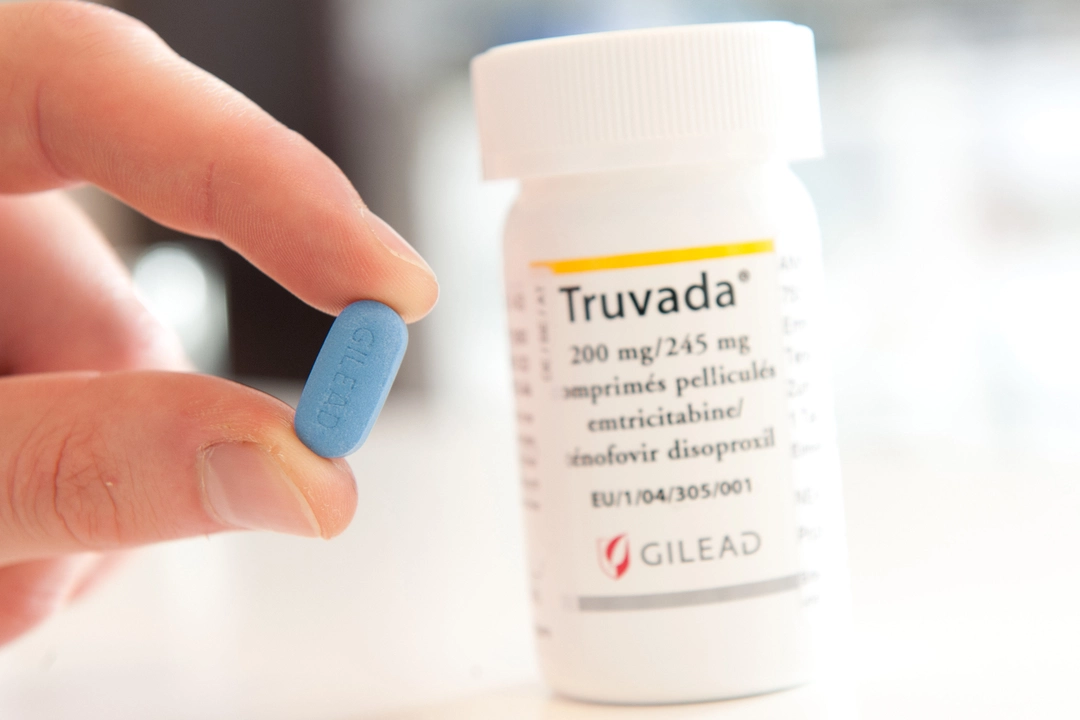Prophylaxis: Practical Ways to Prevent Illness and Complications
Prophylaxis is about steps you take to stop disease or complications before they happen. You probably know vaccines and handwashing, but prophylaxis covers a lot more. It can mean taking a short course of antibiotics before surgery, using an antimalarial tablet when traveling, or starting HIV pre-exposure prophylaxis (PrEP) if you're at risk. The goal is simple: reduce chances of getting sick or make an illness milder.
Common types of prophylaxis
Common types of prophylaxis include primary, secondary, and tertiary prevention. Primary measures stop disease before it starts — vaccines, healthy diet, and mosquito nets. Secondary measures catch problems early — screenings and post-exposure treatments like HIV PEP. Tertiary measures limit damage from an existing disease — rehab and some long-term drug regimens.
Here are real examples you’ll run into: - Vaccination: Flu, HPV, and COVID vaccines cut infection risk and prevent complications. - Surgical antibiotic prophylaxis: A single antibiotic dose before certain operations cuts surgical infections. - VTE prophylaxis: Blood thinners and compression stockings prevent clots after major surgery or during long flights. - Travel prophylaxis: Antimalarials for high-risk zones and hepatitis A vaccine for certain countries. - PrEP and PEP for HIV: Medications taken before or after exposure that can prevent infection when used correctly.
How to choose and stay safe
Talk to your healthcare provider about risk and benefit. Prophylaxis isn’t one-size-fits-all. Age, allergies, other meds, pregnancy, and chronic diseases change what’s safe. For example, some antibiotics might interact with blood thinners, and not all vaccines are recommended during pregnancy. If a doctor suggests prophylaxis, ask how long you’ll need it, possible side effects, and what to watch for.
Practical tips Follow doses exactly — skipping or extending a course can lower protection or increase side effects. Keep a list of current medicines and share it before starting prophylactic drugs. For travel, start medications before you leave if the drug requires build-up time. For vaccines, check whether booster shots are needed.
When it’s not the right choice Prophylaxis isn’t always necessary. Using antibiotics without a clear need speeds resistance. Some low-risk situations don’t justify daily meds. Ask your clinician for clear reasons and alternatives, like lifestyle changes or screening tests.
Also plan how you’ll watch for problems. If you start a preventive drug, know the common early side effects — rash, upset stomach, headache — and what counts as an emergency, like breathing problems or a high fever. Don’t share prescriptions or stop them without advice; that can make a problem worse. Cost and access vary: branded meds are pricier, so ask about generics or shorter courses that still work. For travel or complex cases, a travel clinic or specialist visit can save time, reduce risks. Keep records of vaccines and prophylactic courses so future providers know your history. When in doubt, ask — prevention should protect you, not add risk now.
How Prophylaxis Can Improve Your Quality of Life
Prophylaxis has significantly improved my quality of life in various ways. Firstly, by maintaining good oral hygiene, I've managed to prevent dental problems, saving me from pain and costly treatments. Secondly, prophylaxis in vaccination has helped me avoid dangerous illnesses and stay healthy. Additionally, by taking preventive measures against potential injuries, I've successfully minimized the risk of accidents in my daily life. Overall, prophylaxis has allowed me to live more confidently, knowing that I'm doing my best to safeguard my well-being.

